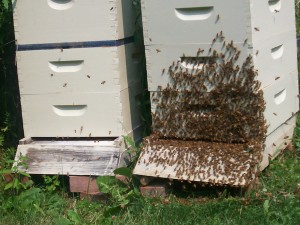 A hive on the brink of collapse – getting ready to swarm
A hive on the brink of collapse – getting ready to swarm
When we lived in the country we used to have beehives in the yard. It was fascinating to 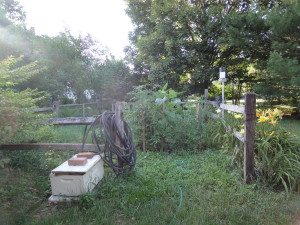 watch the hives work. Unfortunately they were too often empty because of colony collapse. It is a very, very sad moment when you pry open your bee boxes in anticipation of finding bees busily zipping around filling comb with honey to find everyone dead. This same sight is greeting beekeepers all over the
watch the hives work. Unfortunately they were too often empty because of colony collapse. It is a very, very sad moment when you pry open your bee boxes in anticipation of finding bees busily zipping around filling comb with honey to find everyone dead. This same sight is greeting beekeepers all over the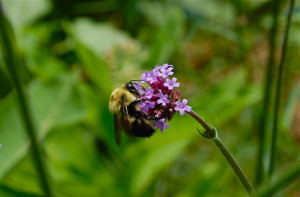 world and is having an affect on food prices and on farmers’ ability to fully pollinate their crops – no pollination – no food. We need bees and the other wild pollinators that work with them.
world and is having an affect on food prices and on farmers’ ability to fully pollinate their crops – no pollination – no food. We need bees and the other wild pollinators that work with them.
It seems a bit unreal but, more than a third of the world’s food supply comes from crops 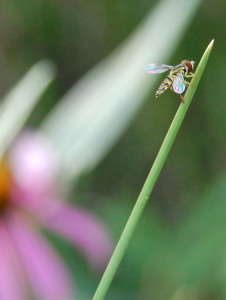 that are pollinated by wild bees and livestock managed honeybees. It is unknown how much of the pollination is done by native and wild bees but it is known that a significant amount is accomplished by honeybees that are moved from
that are pollinated by wild bees and livestock managed honeybees. It is unknown how much of the pollination is done by native and wild bees but it is known that a significant amount is accomplished by honeybees that are moved from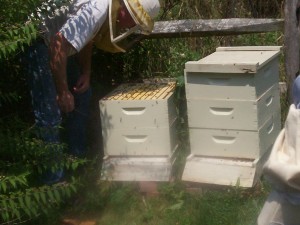 field-to-field by their keepers. In recent years colony collapse disorder has caused an annual reduction of 30-40%
field-to-field by their keepers. In recent years colony collapse disorder has caused an annual reduction of 30-40% 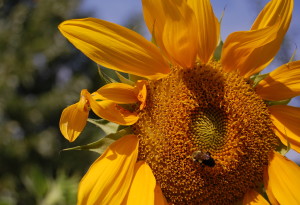 of the honeybee populations in the US. Colony collapse isn’t the only issue affecting pollinator population – loss of habitat and over-use of pesticides present huge challenges.
of the honeybee populations in the US. Colony collapse isn’t the only issue affecting pollinator population – loss of habitat and over-use of pesticides present huge challenges.
You can help. One way is to use pollinator friendly plants in your landscape design. Also you can encourage your land rich friends to plant wildflower meadows, push your highway, streets 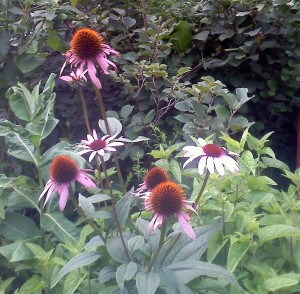 and parks departments to plant buffer strips of wildflowers along the roads and park edges and become more knowledgeable about the bees’ plight and the groups working to find solutions.
and parks departments to plant buffer strips of wildflowers along the roads and park edges and become more knowledgeable about the bees’ plight and the groups working to find solutions.
Ernst Conservation Seeds put together a great overview of programs designed to encourage farmers to plant for pollinators – you may not be a farmer but you can be part of the Feed A Bee program’s goal of growing 50 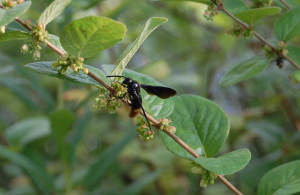
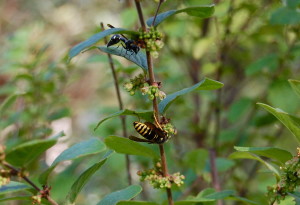 million flowers in 2015 and register your garden in the Million Pollinator Garden Challenge.
million flowers in 2015 and register your garden in the Million Pollinator Garden Challenge.
I’m currently planning two very different gardens. One is a 5 acre meadow of 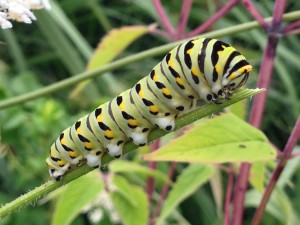 wildflowers and native grasses. The other more challenging one is my pollinator focused city garden. I took stock yesterday – we have 6 hanging pots, 10 large pots, 4 window boxes, 2 galvanized tubs. 5 small planting boxes, a new 32 square foot planting box on the roof, 2 small bits of soil along the fence, the spot of land around the street tree, and room for more containers. That’s at least 80 square
wildflowers and native grasses. The other more challenging one is my pollinator focused city garden. I took stock yesterday – we have 6 hanging pots, 10 large pots, 4 window boxes, 2 galvanized tubs. 5 small planting boxes, a new 32 square foot planting box on the roof, 2 small bits of soil along the fence, the spot of land around the street tree, and room for more containers. That’s at least 80 square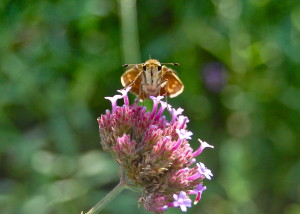 feet of planting space for flowers! I will share my planting plans in the next few weeks – hopefully you will be inspired to take stock of your postage stamp and fill it to the brim with plants that are beautiful and beneficial.
feet of planting space for flowers! I will share my planting plans in the next few weeks – hopefully you will be inspired to take stock of your postage stamp and fill it to the brim with plants that are beautiful and beneficial.
